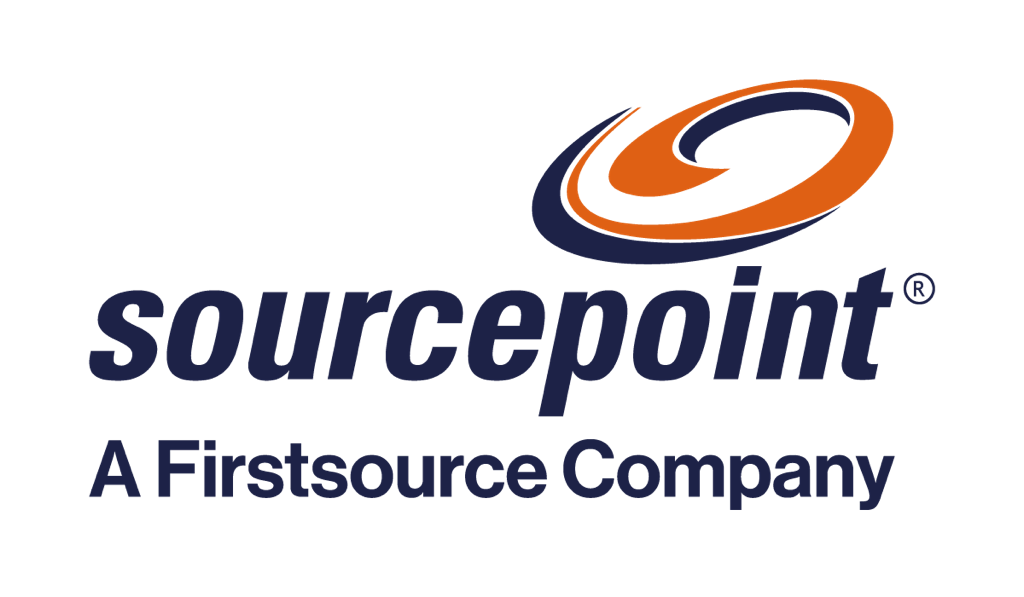Attracting and retaining talent remains a constant challenge for HR departments across the UK. The solution invariably involves embracing ‘Employee Experience (EX)’ – but delivering an effective EX strategy is often easier said than done.
In 2021 the number of UK job vacancies reached a 20-year high of 1.1 million and while that figure has slowly decreased over the past three years, recent statistics show that there is still a plethora of roles available within a wide range of industries.
Competition for recruitment across sectors is becoming far more commonplace as developments such as the rise in the minimum wage have served to level the playing field.
Job seekers now have better options available to them, which means companies must do more to entice potential employees. EX has become the name of the game.
EX is as important as CX
For most companies, mine included, the overarching objective is to provide first-class customer experience (CX) to clients. However, those who prioritize CX while neglecting EX do so at their peril.
Ultimately, EX drives CX because happy employees are far more likely to deliver better outcomes for the customer than those who are disengaged or disillusioned. This is especially the case for business process services (BPS) companies who rely on positive interactions with their client’s customers.
Of course, it’s important to remember that EX is so much broader than just engagement. It’s about being mindful that people will have different needs at different times. What’s important to someone starting out will inevitably be different to the needs of an individual who’s climbing the career ladder.
It’s up to us as employers to create an environment where our people can grow because the more longevity we get the less churn there is, and that’s better for everyone.
EX in action
When it comes to EX a ‘cookie cutter’ approach just doesn’t work. For BPS companies with contact centers in towns and cities throughout the UK it is crucial to empower the people running those centers to foster micro cultures that will drive a sense of belonging.
It’s human nature that people will be attracted to and remain in environments where they feel at home. While, on first glance, a contact centre in Middlesbrough may look almost identical to one in Pontypridd, the culture and values on display are likely to be quite different.
There are various ways of cultivating this sense of belonging for employees. For example, an organization might allow employees at its regional hubs to set their own corporate social responsibility (CSR) activities. This creates a shared set of principles that can help bind people closer together.
The BPO industry is pretty good in terms of its approach to EX because we know the consequences of not doing it well.
Walk the talk on diversity and inclusion
It’s vitally important to celebrate diversity – people shouldn’t have to put their hand up to ask to be included.
While it may appear clichéd, a clear sign of successful EX in action is a group of people from different backgrounds, ages, races, and religions working together to achieve a common goal. Once this has been achieved, the rewards can be significant for both employees and the wider organization.
There is a clear link between diversity and improved financial performance, with one report stating that making diversity and inclusion a central pillar in a company’s EX strategy can boost EBITDA by 33%.
This is something that can be achieved just by allowing employees to be their true authentic selves and by supporting them through life’s challenges.
When we’re looking at the EX piece, we have to think about the trials and tribulations that a person might be facing and figure out how we as employers can help.
Balancing a people-first approach with digital adoption
A far as digital adoption goes, the horse isn’t just out of the stable, it’s in the field across the road. This means the onus is on us as HR professionals to create a safe environment for people within this constantly evolving digital workplace.
While in many organizations, the primary focus in terms of digital innovation has been on how to better service the customer, some are also beginning to fully explore the implications for employees. Companies in the BPS space are among those gradually starting to wake up to what this means.
It’s becoming increasingly apparent that a blended approach is what’s required.
Human beings are hardwired to want to connect with each other and that’s not something that is ever going to change. Nevertheless, workplaces are now so awash with information and data that digital solutions, such as generative artificial intelligence (GenAI) tools like ChatGPT, are increasingly relied upon.
Ultimately, there will be an impact on skills but the fact remains, those who grow with technology will outgrow those who don’t – and HR teams with an astute EX strategy play a crucial role in bridging the gap.










